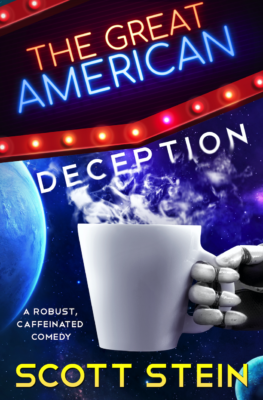

Writing, technology, and class mannequin challenges
Recently, I gave a talk at a high school about how college students today are learning online and with ed tech in general. The audience was parents, and it was interesting to hear how they perceived the learning their children were doing in front of/with a computer and how they felt about it.
I started off by asking them this, workshop style: “How did you learn when you were in school?” Not surprisingly, many of them recalled learning environments that were full of lectures and memorization.
From there, I focused especially on teaching writing in interactive e-environments. In the back of my mind was a recent Huffington Post advising “What To Do When Your Child Announces Writing as a Major.” The author, Frank Wu, a law professor, said he has “every confidence” in his niece’s recent decision to declare writing as a major: “I am convinced that her decision to be a writing major will give her a rare skill.”
In fact, at Drexel, we’re right now hoping to launch a writing major because that rare “skill” of writing is indeed a package of creativity, thinking, communicating, and problem solving — oh, do we need to cultivate these things across the board right now.
But writing is not just useful as a focus of study: Writing helps students actively engage and learn any content. To me, here’s where the technology has been fascinating. Learning technologies could certainly be used to dump content on students (hold that thought for a second), but they also offer new ways to have students do stuff in their classes, to engage one another.
Those of you out there with kids on their way to college, think about it: What do you want your kids to do in their college classrooms? We don’t put nearly enough thought into that question. College seems like a generalized experience, and we don’t consider what it will look like in its specifics.
Go out there on the wild Web and Google [lecture hall] and think about the images you see. While there’s nothing inherently wrong with a lecture hall and a good teacher can deliver stimulating content to hundreds, too many educational experiences take place in settings like that. (There was a surge of interest in scaling this massiveness online via MOOCs, massive open online courses. After initial over exuberence, MOOCs have cooled down.)
In a writing course, the students involved – soon, my own children, by the way – are often actively doing something: writing. In an online writing course, they really write a lot as they move through the course: Tens of thousands of words beyond course papers.
Mannequin challenges are everywhere. (I love some of the wrestling ones.) You can find online examples of classroom mannequin challenges, but the ones I saw were whimsical. I thought about what a real mannequin challenge might look like in college classes. Think of those lecture hall images: In many cases, the class might look like it’s filled with a bunch of mannequins even when the students weren’t trying.
So, it’s not just that writing as a subject of study is valuable, but writing in a class can help students learn better and be more connected to and engaged with what they’re learning. I want my students active in my courses. I want them learning not just specific content but how to act and write about problems of all kinds.
If you see my students, in a room or at a computer, I hope they’re working. Learning should be like that. Whether onsite or online, I wouldn’t want you to see a bunch of them and think, “Oh, that must be one of those mannequin challenges” because they are just sitting there — like a bunch of dummies.
Latest posts by Scott Warnock (Posts)
- Dodgeball Donnie goes a wrestlin’ - April 6, 2025
- Competitive disparity has sapped my interest in NJ high school wrestling - March 16, 2025
- Bros want control, responsibility–let’s make some abortion laws to help ‘em - December 19, 2024
- The NFL is here and my kids finally care - September 27, 2024
- Who really won the Olympics? - August 30, 2024
 Print This Post
Print This Post




Discussion Area - Leave a Comment